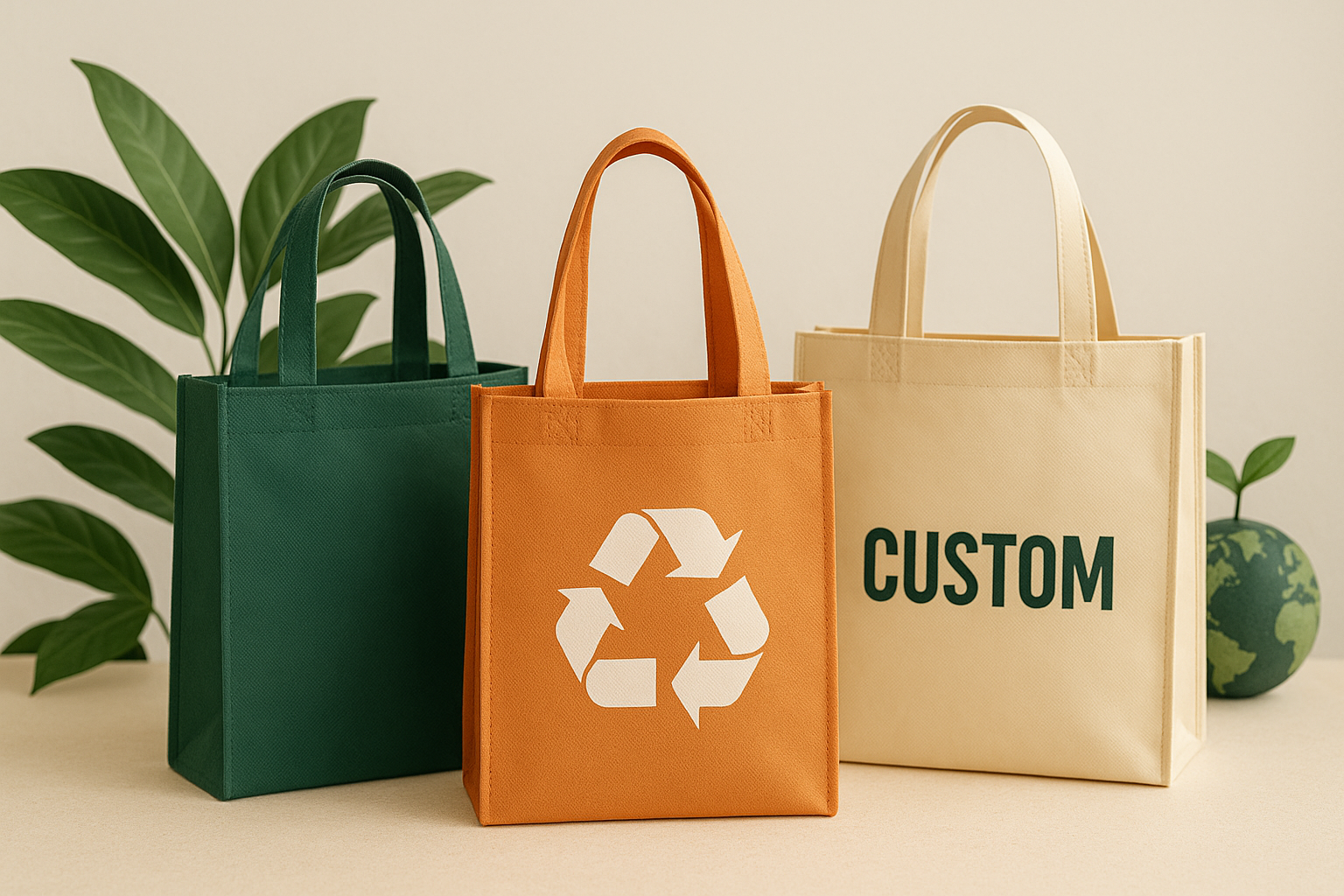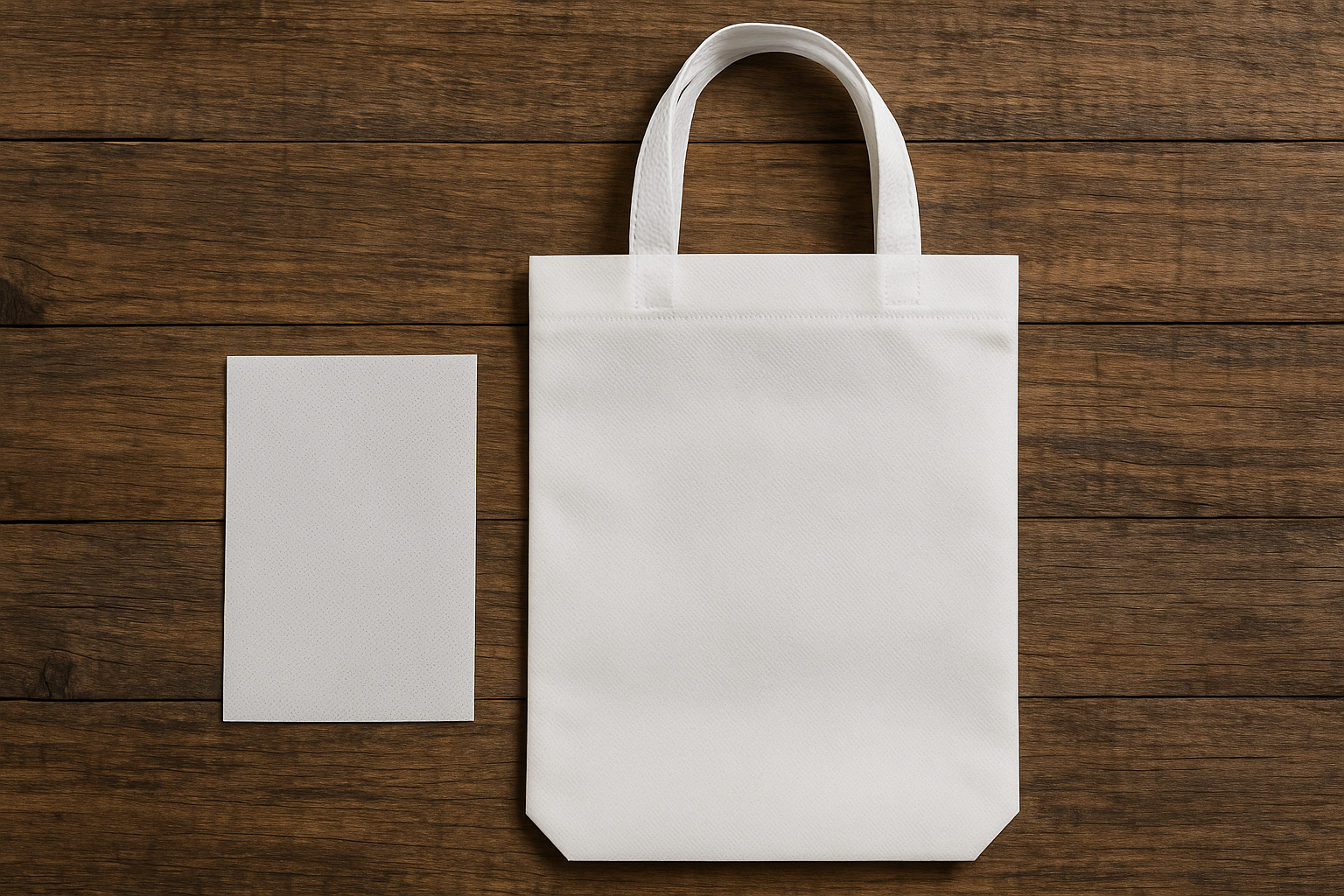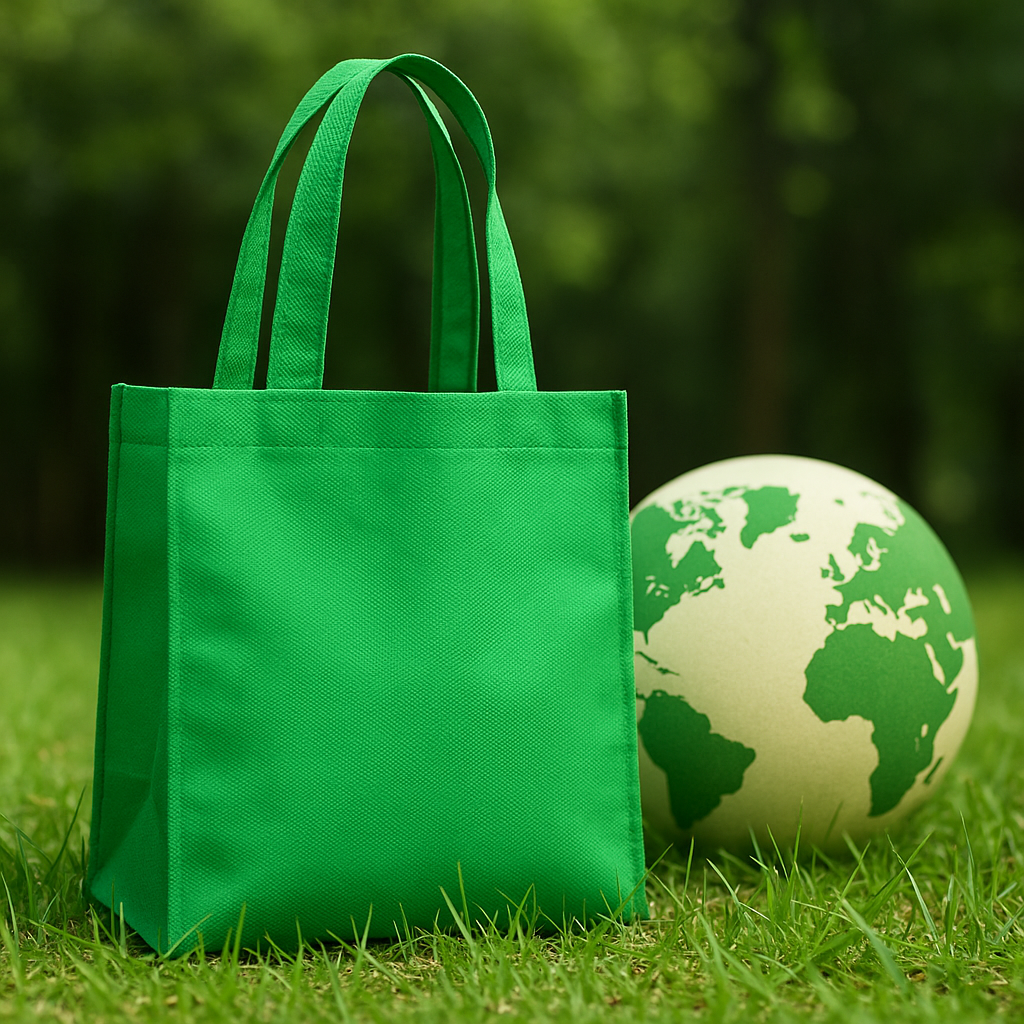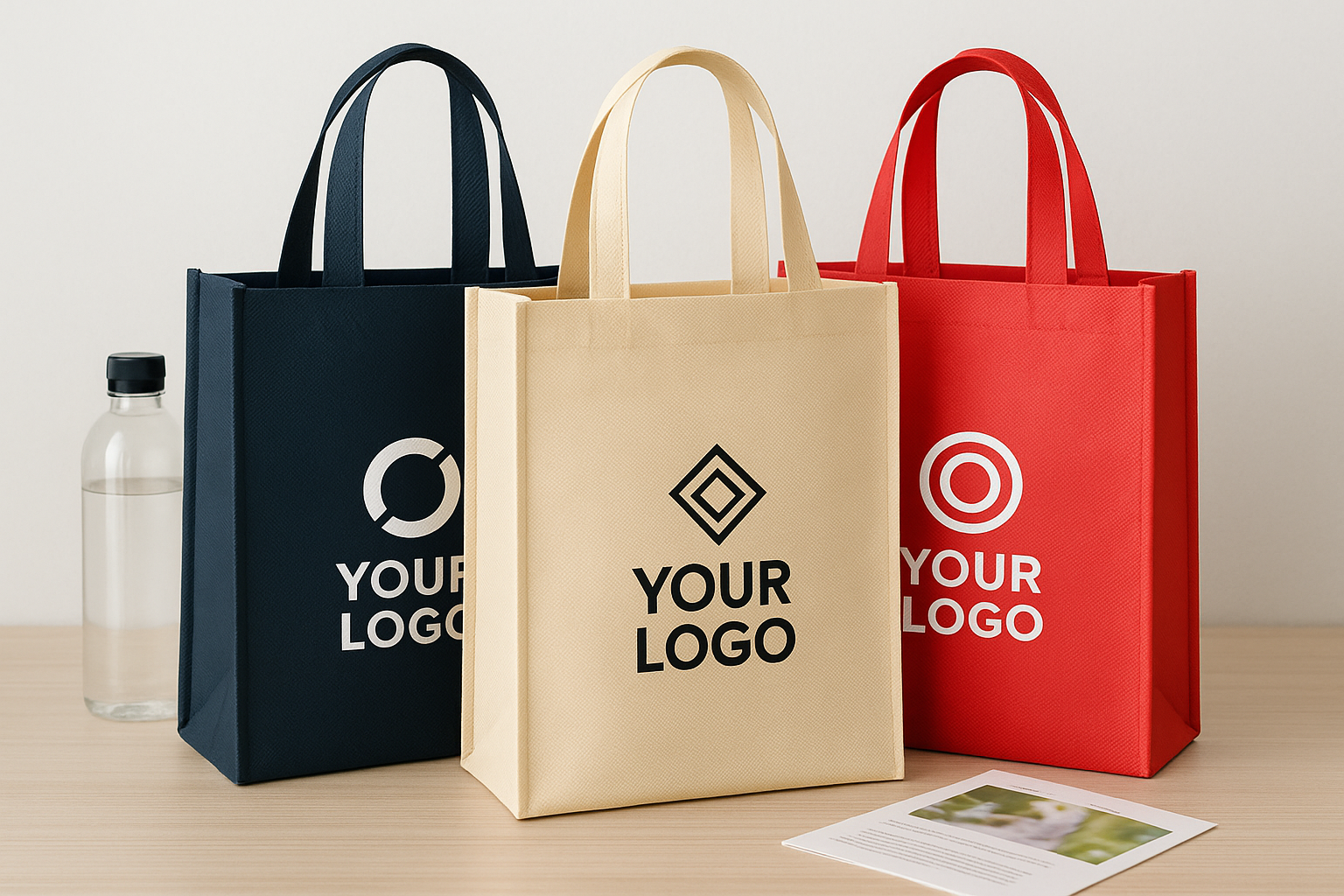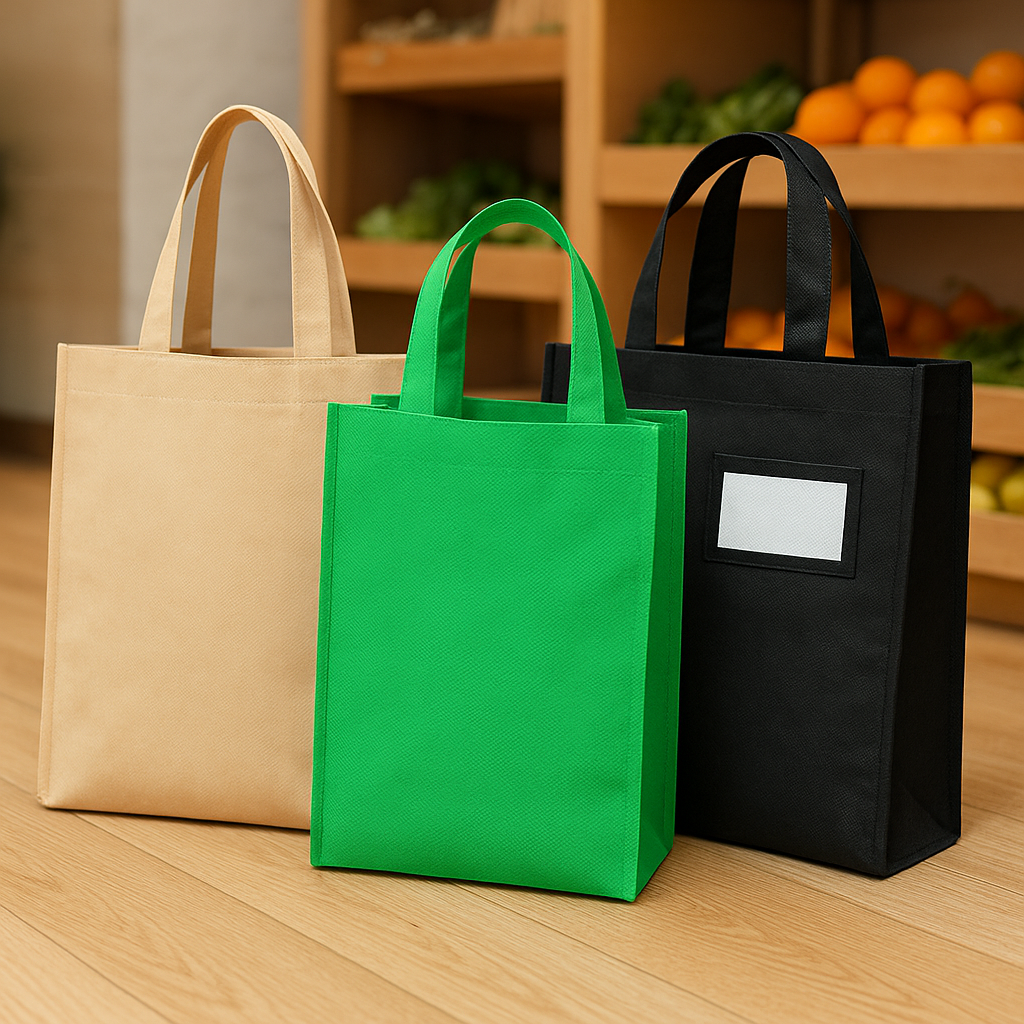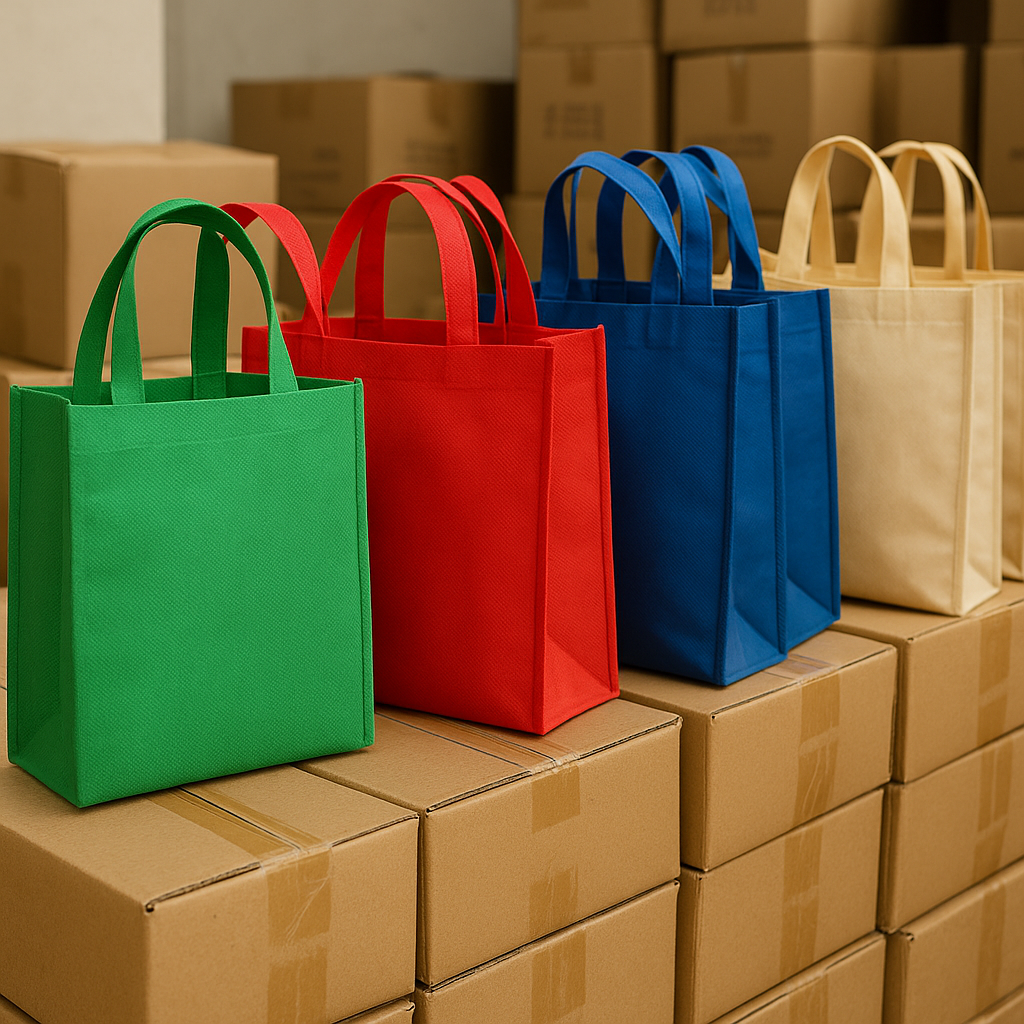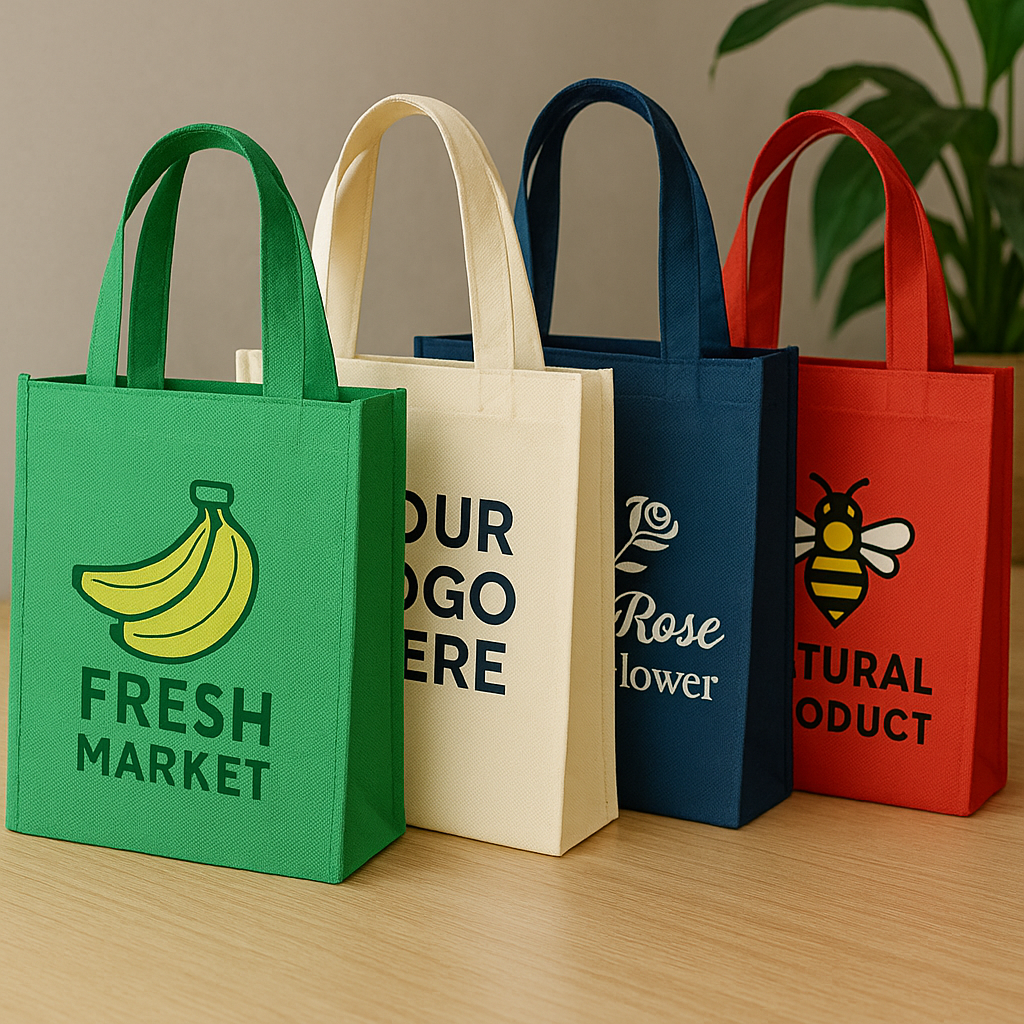Plastic waste is rising. Businesses need green packaging alternatives now. Non-woven bags offer a customizable, sustainable solution with strong branding potential and global market appeal.
Non-woven bags are reusable, durable, and made from eco-friendly materials like polypropylene1, making them ideal for custom retail, wholesale, and industrial packaging solutions.
Discover why these bags are disrupting packaging norms. Learn how they serve different industries and how your business can leverage this growing trend.
What Are Non-Woven Bags?
Consumers dread single-use plastic. Companies crave eco-friendly yet affordable options. Non-woven bags answer both needs.
Non-woven bags are crafted from bonded polypropylene fibers, not woven yarn—resulting in a sturdy, paper-like fabric that balances strength and cost-efficiency.
Woven vs. Non-Woven: A Comparison
| Feature | Woven Bags | Non-Woven Bags |
|---|---|---|
| Structure | Interlaced yarns | Bonded fibers |
| Manufacturing Process | Weaving | Heat and pressure |
| Durability | Very strong | Medium to strong |
| Customization Ease | Moderate | High |
| Cost | Higher | More affordable |
Material and Manufacturing
Non-woven bags are made from polypropylene (PP) pellets. These pellets are heated, spun into fibers, then pressed into flat sheets using heat and pressure. The result is a fabric-like material that's flexible, water-resistant, and quick to produce—no plants or heavy machinery needed, cutting production time and cost.
Fiber Quality and GSM2
Manufacturers can adjust the GSM (grams per square meter) to control strength. Low GSM (40–60 g/m²) suits light retail. High GSM (80–120 g/m²) supports grocery loads. Heavy-duty sacks use even higher GSM (120–200+ g/m²).
Why Polypropylene Non-Woven Bags Are the Sustainable Choice?
Green claims alone don’t suffice. Buyers demand real environmental benefits. Polypropylene non-woven bags deliver on sustainability and versatility.
Polypropylene non-woven bags reduce single-use plastic waste by being light, reusable, and fully recyclable—often outperforming cotton and paper in lifecycle analysis.
Environmental Benefits of PP Non-Woven
| Factor | Impact |
|---|---|
| Reusability | Up to 100+ uses |
| Recyclability | 100% recyclable via PP stream |
| Manufacturing Emissions | Lower than cotton or paper |
| Biodegradability | Not biodegradable, but recyclable |
Comparative Lifecycle Insight
PP production uses less water and energy than cotton. While not compostable, PP can be recycled into items like plastic furniture. Its long usable life helps offset environmental costs.
Certifications and Standards
Look for GRS3, BSCI4, ISO90015, and REACH6 certifications. These guarantee eco-friendly materials, ethical labor, and product safety, helping brands build trust with clients and regulators.
Custom Non-Woven Bags: A Branding Opportunity?
Generic bags blend into the background. Personalized non-woven bags attract attention and reinforce brand identity through every use.
Custom non-woven bags enhance visibility with logos, colors, taglines, and shapes—making them effective promotional tools for events, retail, and corporate gifting.
Personalization Options
| Custom Feature | Description |
|---|---|
| Logo Printing | Screen, heat transfer, flexographic7 |
| Bag Colors | Full Pantone or custom blends |
| Sizes & Shapes | From slim to boxy, tailored designs |
| Finishing Touches | Zippers, snaps, gussets, mesh inserts |
Why Customize?
A well-branded bag signals quality and attention to detail. It draws eyeballs during daily errands or events. Tangible branding also improves brand recall and perceived value.
Use Case: Supermarkets & Trade Shows
Imagine your logo bag used for a major grocery chain or handed out at an expo. Each use extends your marketing reach. I’ve seen brands grow web traffic simply by offering well-designed tote bags to shoppers.
Tote, Grocery, and Shopping Styles: Non-Woven Bags for Every Use?
Different scenarios require different bag types. Non-woven bags fill roles across retail, corporate, travel, and industrial spots.
Non-woven bags are available in multiple styles—tote, drawstring, D-cut, boxy grocery, shoulder, even foldable pouch formats—each suited to specific use cases and audiences.
Style Options
| Style Type | Common Use |
|---|---|
| Tote | Corporate gifting, daily use |
| Boxy Grocery | Supermarkets, farmers markets |
| Drawstring | Gyms, events, packaging |
| D-Cut Handle | Gifts, fashion retail |
| Zippered Shoulder | Conferences, travel |
| Foldable Pouch | Event swag, compact promotional giveaways |
Versatility Explained
A foldable pouch comes in handy at events. A boxy grocery bag holds produce. Drawstring bags match sporting events. Offering the right bag for the right scenario deepens customer satisfaction and brand fit.
Wholesale & Bulk Supply: Where to Source Non-Woven Bags?
Bulk orders cut costs and offer consistency. But choosing the right sourcing channel impacts quality, timing, and margins.
Businesses can buy non-woven bags via B2B platforms like Alibaba, direct manufacturer partnerships, trade fair contacts, or local OEMs—each with unique trade-offs in cost, customization, and control.
Key Sourcing Channels
| Channel | Pros | Cons |
|---|---|---|
| Alibaba | Wide selection, competitive pricing | Variable quality, long lead times |
| Factory Direct (China) | Strong control, tailored production | Requires audits, travel, language barriers |
| Trade Shows (Canton Amb.) | Face-to-face vetting, quick samples | Costs for travel, limited sampling window |
| Google/SEO Sourcing | Direct factory access, verified data | Time-consuming vetting |
What to Look For
Understand MOQ (minimum order quantity), sampling lead times, production capacity, packaging options, shipping logistics, and payment terms. Request reference visits or past client samples when possible.
Printed and Imprinted: Elevating Non-Woven Bags with Design?
Creative printing transforms a blank bag into a brand ambassador. Different methods offer unique pros and cons.
Popular print techniques include screen, heat transfer, silkscreen, and flexographic—each offering varied color fidelity, longevity, and cost-efficiency.
Printing Methods Overview
| Technique | Best For | Color Options | Cost |
|---|---|---|---|
| Screen Printing | Bold, single/multi-color logos | 1–6 colors | Low |
| Heat Transfer | Photo-quality images | Full color | Medium |
| Flexographic | High-volume, multi-color prints | Multiple colors | Low–High |
| Digital Print | Short runs, complex designs | Full color | Higher |
Durability and Finish
Screen prints last long and resist fading. Heat transfers appear crisp but wear faster. Digital prints suit samples or small runs. Match design longevity to bag use.
Design Boosts Engagement
Add QR codes linking to your site or promotion. Use edge-to-edge (bleed) prints for dramatic visuals. Metallic inks add luxury. Smart finishes turn a simple bag into a talking point.
Non-Woven Sacks and Cloth Bags: Heavy-Duty Options for Industrial Use?
Retail totes are fine, but heavy loads need something tougher. Non-woven industrial sacks fit the bill.
Non-woven sacks offer thickness (120–200+ gsm), reinforced seams, heavy-duty handles, and closure options for transporting textiles, cement, food, or waste—all with non-woven benefits.
Heavy-Duty Features
| Feature | Benefit |
|---|---|
| Higher GSM (120–200+) | Holds heavy weight safely |
| Reinforced Seams | Prevents tearing under stress |
| Closures (zip, velcro) | Secure sealing during transport |
| Larger Dimensions | Fits bulk materials, folded fabrics |
Industrial Applications
Factories often use these bags for carrying textile scraps, parts, or materials. Agriculture sectors use them for grain, seeds, or fertilizer. Their lightweight nature reduces shipping costs compared to jute or woven alternatives.
How to Choose the Right Non-Woven Bag Manufacturer?
A misguided supplier can derail your project. Choosing the right manufacturer ensures quality, compliance, and smooth delivery.
To select the right non-woven bag supplier, check their certifications, factory audits, sample quality, communication speed, customization tools, and production capacity.
Supplier Evaluation Checklist
| Factor | What to Ask or Check |
|---|---|
| Certifications | Do you have ISO9001, BSCI, GRS, REACH, FSC? |
| Production Capacity | How many units can you produce monthly? |
| Customization Tools | Can you handle Pantone, branding inserts, add-ons? |
| Sample Availability | Can you send a pre-production sample? |
| Communication | Are you responsive? Can we communicate in a shared language? |
| Lead Times | What is turnaround for samples and bulk? |
| Quality Control | Do you offer inspection or testing reports? |
Tips from Experience
- Visit or audit a factory to verify its machinery and staff size.
- Review samples for stitching, print alignment, material feel.
- Ask for client references in your region or industry.
- Clarify Incoterms and who handles customs, duties, or warehousing.
Conclusion
Non-woven bags combine sustainability, customization, and durability—empowering businesses to promote brands, serve industries, and meet eco goals in one smart package.
-
Explains what polypropylene is and why it's suited for packaging. ↩
-
Defines GSM and its effect on bag strength and feel. ↩
-
Introduces Global Recycled Standard to verify recycled content. ↩
-
Clarifies BSCI code for ethical labor practices. ↩
-
Defines ISO 9001 quality management standard benefits. ↩
-
Explains REACH chemical safety compliance importance. ↩
-
Describes flexographic printing and its suitability for large runs. ↩

